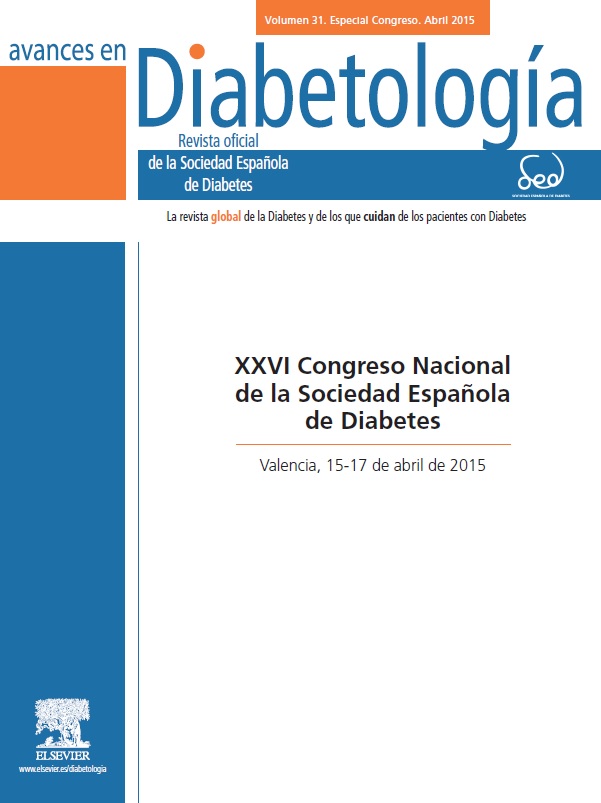P-105. - A RELIABLE AND EFFICIENT PROTOCOL FOR LENTIVIRAL INFECTION OF INTACT HUMAN AND MURINE ISLTES OF LANGERHANS
aCentro Andaluz de Biología Molecular y Medicina Regenerativa. Sevilla. bEuropean Islet Transplantation Center. Ginebra. Suiza.
Introduction and objectives: The determination of the potential benefits of gene expression modulation in islet physiology is imperative to identify novel `druggable’ targets for the treatment of pancreatic endocrine pathologies. However, achieving high levels of either gene expression or repression in intact islets composed of approximately 1,000-3,000 cells compacted together in a 3-dimensional conformation has been a major challenge for scientists in this field. Despite advances in the development of gene transfer techniques on islet cell populations, the efficiency and difficulty of current protocols, which are based on electroporation, gene gun particle bombardment, cationic liposomes and polymeric particles among others, have been a limiting factor to universalize a reliable protocol for this approach. Here we describe a simple, reproducible and easy-to-use lentiviral transduction protocol that allows ~80% islet cell transduction for intact human and mouse islets.
Material and methods: An optimal infection protocol was established using isolated mouse and human islets and a lentiviral construct expressing the Green Fluorescence Protein (GFP) under the Ubiquitin constitutive promoter. GFP expression was determined by flow cytometry, live imaging and immunohistochemistry analyses. Subsequent to transduction islet viability and functionality was assessed by the MTT assay, apoptosis induction by ELISA and glucose-induced insulin secretion (GSIS), respectively.
Results: Two mutually non-exclusive parameters were considered for the development of an optimal viral transduction protocol: 1) Islet cell accessibility or permeability to viral transduction without compromising islet architecture and 2) Multiplicity Of Infection (MOI) without compromising islet viability. We observed that freshly isolated and non-trypsinized islets exposed to increasing MOI up to 100 resulted in higher GFP expression levels in cells predominantly located at islet periphery. Of note, a MOI 100 caused massive cell death and islet dismay. In contrast, standard cell culture trypsinization caused islet disaggregation independent of viral dosage. Mild trypsin treatment preserved islet architecture while promoting GFP expression in cells throughout islets including the core of the micro-organ with increasing MOI (0 to 20). Cell metabolic activity as assessed by the MTT assay revealed no differences among the various experimental groups including controls. Consistent with the latter, GSIS was as robust in MOI 20 transduced islets as compared to non-infected islets. Taking into consideration the various experimental conditions, we achieved GFP expression in 80% of islet cells preserving integrity and performance using a protocol of mild trypsinization prior to transduction with MOI 20.
Conclusions: We have developed a reliable easy-to-use protocol for mouse and human islet transduction. Our protocol will allow the implementation of mechanistic studies aiming to decipher possible beneficial effects of gene expression modulation in intact islets. Potentially this protocol could be implemented to transduce islets with factors implicated in survival or performance prior transplantation.





